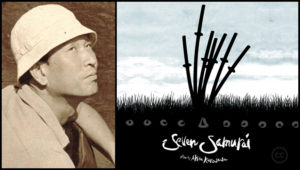Discovering minerals

minerals
Minerals are naturally occurring inorganic substances that have specific chemical compositions and physical properties of their own. They are solid in nature and have definite crystalline structures, and are an outcome of geological processes. They can be formed by cooling of hot melting material, evaporation, or by precipitation. Their composition ranges from pure elements to complex silicates. Since oxygen and silicon are the most abundantly available elements, silicates are the most widespread minerals on earth.
The crystalline arrangement of atoms gives the specific crystal shapes to the minerals. They occur in six basic crystal shapes – cubic, orthorhombic, tetragonal, triclinic, hexagonal, and monoclinic. Two minerals having same chemical composition may differ in terms of their structure, and are called polymorphs. It is also possible that different chemical compositions possess the same crystal structure. The structural arrangement of atoms greatly influences its physical properties. For example, graphite and diamond are polymorphs of pure carbon. Other such polymorphs are pyrite and marcasite composed of iron sulfide, and calcite and aragonite composed of calcium carbonate.
There are more than 4000 known minerals today, with newer ones discovered every year. However, only about 100 of them are used in daily life; the remaining are classified as either ‘rare’ or ‘extremely rare’. Minerals are classified either on the basis of their physical properties or according to their chemical compositions. Some of the physical properties utilized to classify them are color, crystal structure, hardness, luster, streak, cleavage, fracture, specific gravity, fluorescence, magnetism, radioactivity, and tenacity. Based on their chemical compositions, they are further divided into different chemical classes. These are the silicate class, the carbonate class, the sulfate class, the halide class, the oxide class, the sulfide class, the phosphate class, and the element class.
Identifying a rock as a mineral is a common error. The latter may occur in rock form. A rock, on the other hand, may consist several minerals. Mineralogy – the study of these minerals – helps, to a large extent, in telling the story of the earth’s formation.







